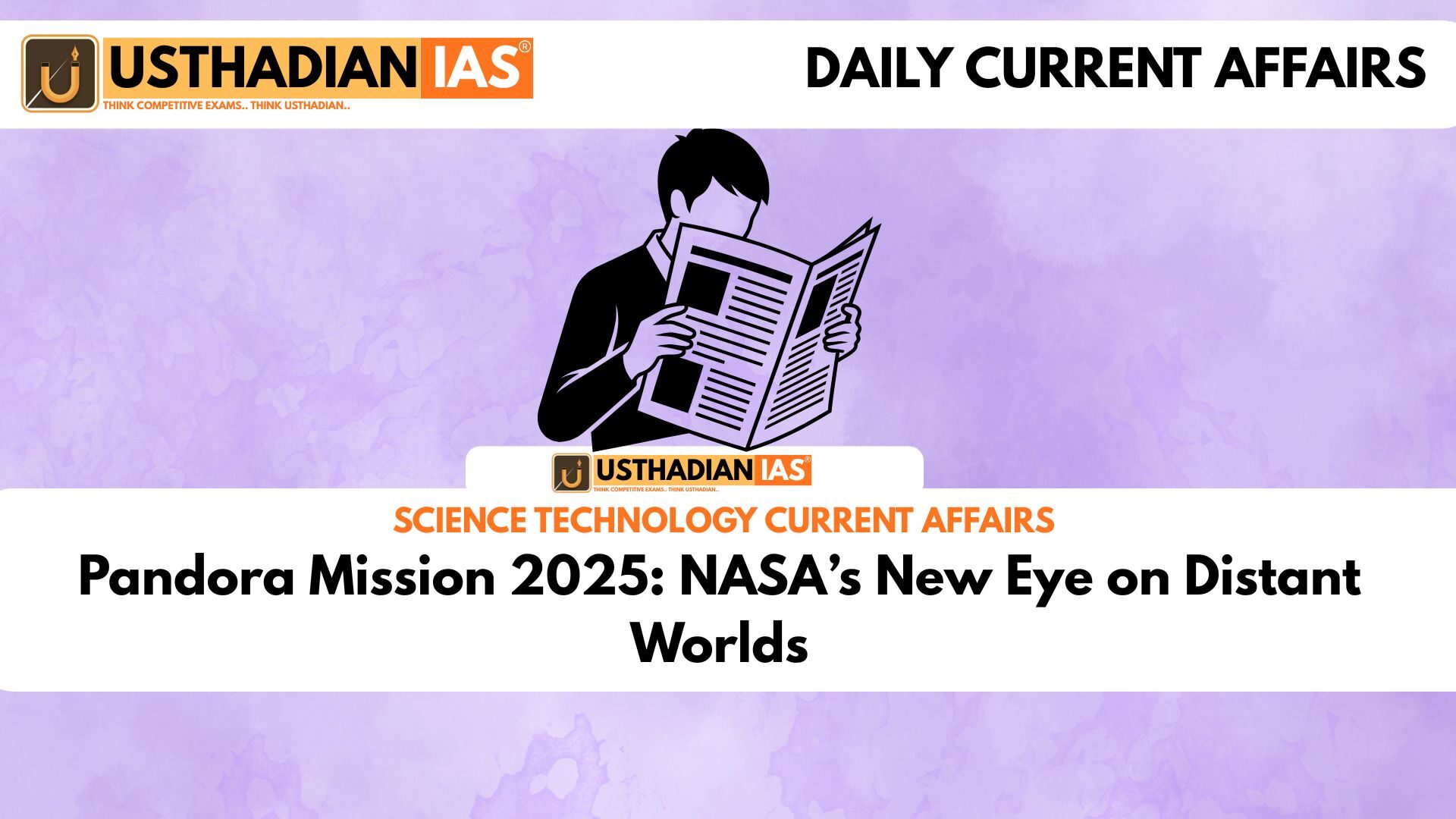A New Era in Exoplanet Observation
Pandora Mission 2025: NASA’s New Eye on Distant Worlds: NASA is set to launch a groundbreaking mission in 2025 named Pandora, designed to explore the atmospheres of distant exoplanets. With the James Webb Space Telescope (JWST) facing high demand and limited observation time, Pandora steps in to fill critical observational gaps, particularly for long-term monitoring of atmospheric conditions. This mission will offer a closer look at clouds, hazes, and water vapor, three major components that can hint at habitability on alien worlds.
What Are Exoplanets and Why They Matter
Exoplanets are planets that orbit stars outside our solar system. These distant worlds offer insights into how planetary systems form and whether life might exist beyond Earth. So far, NASA has confirmed over 5,800 exoplanets, but many remain atmospherically unexplored. The sheer complexity of analyzing distant atmospheres makes missions like Pandora extremely important.
Pandora’s Core Mission Goals
Pandora aims to analyze the atmospheres of at least 20 exoplanets, with a focus on gas giants and super-Earths. By studying these planets during transits—when a planet passes in front of its star—Pandora will capture how starlight is filtered through the planet’s atmosphere, revealing chemical components such as water vapor, methane, and carbon dioxide. It will also monitor stellar activity, which can often interfere with clear atmospheric readings. Another key goal is to demonstrate the power of small satellites in conducting high-value astrophysics research.
A Telescope with a Precise Vision
At the heart of Pandora is a 17.7-inch (45 cm) Cassegrain telescope. Although smaller than JWST, its design enables prolonged, stable observation of targets. Unlike large telescopes with tight schedules, Pandora can revisit exoplanets multiple times, building a rich dataset over time. The mission uses the transit method, already proven successful in identifying atmospheric traces during exoplanet eclipses.
Tackling the Challenge of Stellar Interference
A major obstacle in exoplanet studies is the variability of starlight. Stars often flicker or flare, making it hard to tell whether a dip in brightness is due to the planet’s atmosphere or the star’s own activity. Pandora addresses this by conducting long-duration and repeat observations, helping scientists separate the signal from the noise.
Searching for Water: A Sign of Life?
Water vapor is one of the most telling signs of potential habitability. Pandora’s specialized instruments will look closely for water in the atmospheres of its target planets. Identifying even traces of water could point to planets with life-supporting conditions, especially in so-called “water worlds”—planets covered mostly by oceans.
Working in Tandem with JWST and Others
While JWST has unparalleled power, it cannot observe everything. Pandora is designed to complement larger missions by providing focused, long-term data on select targets. This synergy will sharpen the accuracy of atmospheric models, expanding what we know about exoplanet diversity and evolution.
Looking Ahead in the Search for Life
The launch of Pandora marks another leap forward in the quest for Earth-like planets. Its findings will help shape future missions and may eventually lead to the discovery of habitable worlds orbiting distant stars. As scientists gather more data, Pandora could be the key to answering one of humanity’s oldest questions—are we alone in the universe?
STATIC GK SNAPSHOT
| Topic | Details |
| Mission Name | NASA’s Pandora |
| Launch Year | 2025 |
| Primary Focus | Study of exoplanet atmospheres |
| Telescope Type | 17.7-inch Cassegrain Telescope |
| Method of Observation | Transit Method |
| Key Atmospheric Targets | Water vapor, methane, carbon dioxide |
| Number of Target Exoplanets | At least 20 |
| Support Role | Complements JWST and other missions |
| Major Instrument Feature | Long-duration stable observations |
| Importance | Assessment of habitability and support for future missions |








